Which pump is best for the well: general requirements for units and selection tips
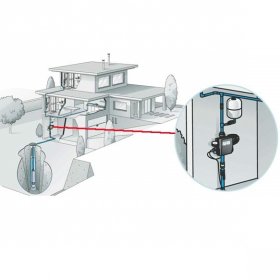
In most wells, the water level ranges from one and a half to two meters, rare lucky ones can boast big. Depending on the season and weather, this value fluctuates: in a dry summer, the mirror of the water in the well can drop to one meter. In such a situation, it is almost impossible to manage without interruptions. When deciding which pump is best for a well, you need to consider not two, but at least six factors. True, in the store, they completely forget about them and are interested only in pressure and flow rates. As a result, the pumps break down due to a large amount of impurities, a dry-running sensor is constantly triggered in them, oil stains appear on the water mirror, adding worries to summer residents.
Content
What requirements should the pump meet?
The choice of a pump for a well does not begin at the store, but at the site. And directly at the source of water. Firstly, it is necessary to measure the following values:
- The depth of the well. This is the distance from the surface of the soil to the bottom. It is determined using a rail or a cord with a load. If the well is not self-made, but excavated by an official company, then you can peek at the depth in the passport. Although rechecking will not be amiss;
- Static water level in the well. This is the distance from the surface of the soil to the water mirror. To determine this value, you need to let the well fill. It is good if the measurement is made in the morning or after a long (several days) lack of water consumption. For measurement, the same rope with a weight is used, after contact with water a characteristic splash is heard. To get the height of the water column, you need to subtract the static level from the depth of the well;
- Dynamic level (also called well debit). To determine it, you need to start pumping water out of the well. The level at which water will cease to decrease is dynamic. And if, after half an hour or an hour of pumping out, the thickness of the water column does not change significantly, then the well has a sufficient debit, and the risk of “pumping out all the water” is small.
- The diameter of the rings of the well. It is needed to calculate the total volume of water and is measured by an ordinary tape measure.
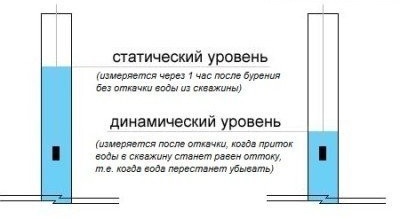
Static and dynamic water levels in the well must be measured. These numbers will be needed when choosing a pump.
If the well’s capabilities are less than the pump’s capacity, it is possible that the pump’s protection against “dry running” is possible due to insufficient water in the system.
Secondly, you need to find out the quality of water in the well. To prevent the pump from breaking during the first week of operation, it is important to determine the presence of suspensions, impurities and solid particles of various diameters.
Thirdly, the maximum and average volume of water is established - the values by which the power of the pump is determined.It should be enough at the peak of consumption.
Fourth, seasonality and operating temperature of pumping equipment are necessarily taken into account. If it is assumed that it will be operated only during the summer, then this expands the potential assortment. But, if the pump should work all year round, then you have to choose among fewer models.
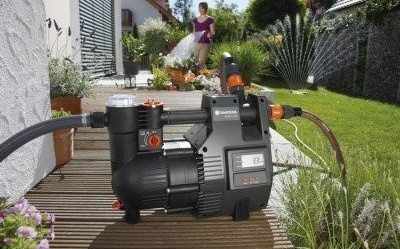
When choosing a pump, the operating conditions must be taken into account. Some models are for summer use only, others may work year-round.
Before you pick up a pump for a well, be sure to decide for what purpose the water will be used: only for irrigation, for the operation of household and heating equipment, or for drinking.
The pump operating conditions determine the presence or absence of a hydraulic accumulator. If the supply is intermittent, for example, taps in the kitchen or in the bathroom open, then a water tank is required. Frequent switching on and off for pumping equipment is highly undesirable. But if water will be supplied continuously, then the accumulator is useless. And without it, the pump will perfectly cope with watering the garden or filling the pool.
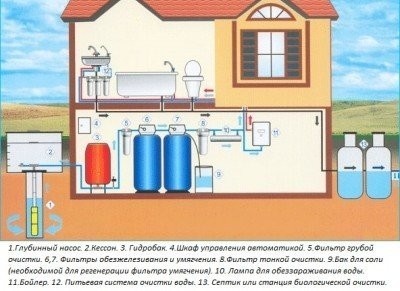
A hydraulic accumulator is needed when the water supply is intermittent, because frequent turning the pump on and off is highly undesirable
Types of pumps and factors influencing their choice
Surface pumps
Their body does not sink into the water, but can be in close proximity to the mirror, for example, on a float. The optimum height to which they can raise water is from six to eight meters, and the maximum is ten. To increase it, you can use an ejector, but it significantly reduces the efficiency and reliability of the system.
Classification of surface pumps:
- by the method of pumping water: centrifugal and vibration;
- by suction type: normal suction (the system is completely filled with water) and self-priming (water is pulled due to the rarefaction created by the removal of air).
A conventional surface pump is suitable for taking water at a depth of 3-8 meters. With fairly frequent starts, it is perfectly complemented by automation and a hydraulic accumulator, which increases the life of the pumping equipment.
When an additional pressure increase is not needed, then a self-priming pump is the best pump for a well. But if you need more pressure, you should choose a model with normal suction.
Submersible pumps
They are immersed in the liquid partially or completely and are suitable for lifting water from great depths. They are more effective than surface ones, since pressure is created below through the liquid itself, and not through rarefied air.
The submersible pump housing is sealed and, as a rule, is made of stainless steel or water-resistant polymeric materials. When choosing a model, it is important to strike a balance between productivity and power in order to guarantee stable operation of the water supply system within the debit of the well.
It is also necessary to take into account the depth of immersion - for many models it does not exceed seven meters, as well as the effect of the “suction cone”, which is created by the strong draft of the pump. In addition, pay attention to the presence of a filter and protective automation.
So that due to the effect of the “suction cone” the submersible pump does not draw in silt and sand, at least one meter should remain to the bottom of the well. If this value is less, you can go for a trick: from a safe non-corrosive material you need to make a circle and suspend it 10-15 centimeters above the bottom. Its diameter should be only slightly less than the diameter of the well. Water flows will move to the pump a little differently, and the ingress of unwanted particles will be minimized.
Well pumps can be installed in deep wells. If the dynamic water level in them is small, then of the models available on the market the least afraid of impurities are ESPA Neptun and Vodomet (Gileks).The first allows for the presence of 185 grams of sand per cubic meter of water, and the second does an excellent job with up to two kilograms of impurities per 1 m3.
Submersible or surface - which one to buy?
The main parameter that relies on when choosing a pump for a well is the working depth. If it is large, the submersible type is preferred. Well, if the water level in the well is small, and you have to pump water from the very bottom, then just a surface pump will do. It is easy to transfer it from place to place: it is very light.
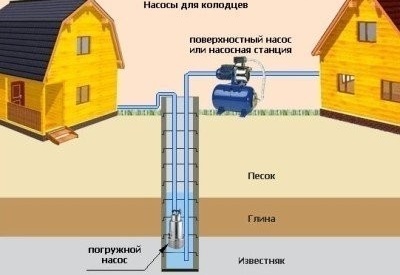
When choosing between a submersible and a surface pump, you must first of all be guided not by their price, but by the quality of execution and the conditions under which the equipment will operate. Savings can lead not only to damage, but also to contamination of the well. In some cases, even a drop in water level is possible.
The efficiency of a deep pump is greater than that of a surface pump. The effectiveness of the latter is reduced due to the need to create a vacuum and suction.
The build quality of the casing and all components of the submersible pump should be very good. Its depressurization and breakage can lead to oil getting into the well, the removal of which is a complicated and expensive procedure.
When studying the technical characteristics of specific models, pay attention to the presence or absence of protection against "dry running". If not, then this model will not work.
The best option would be not only the presence of protection against “dry running”, but also a float that turns off the power to the pump when it reaches a critical mark in the well. Its level must be set slightly above the mark at which the equipment will begin to work dry.
A big plus for any submersible pump is the sensor that controls the case overheating. Although the design of the equipment suggests that the coolant is water, its presence will not be superfluous.
The choice of pumping equipment should be approached thoroughly and responsibly. Saving on it can result not only in frequent breakdowns of the unit itself. Oil film, sanding, activation of quicksand, raising the bottom, lowering the water level in the well - these problems cannot be solved by buying a new pump. For their elimination you will have to pay a large amount to experienced professionals.
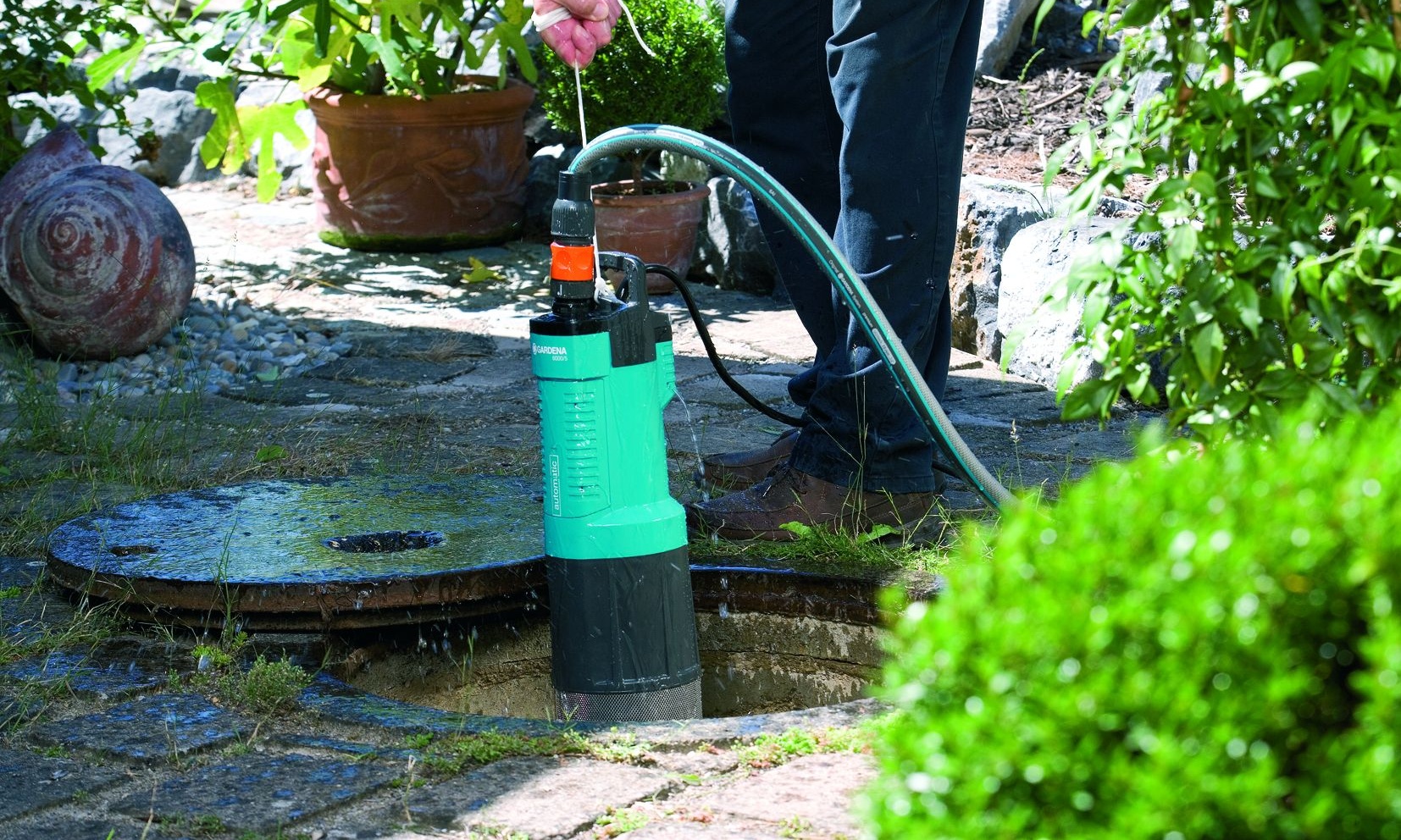
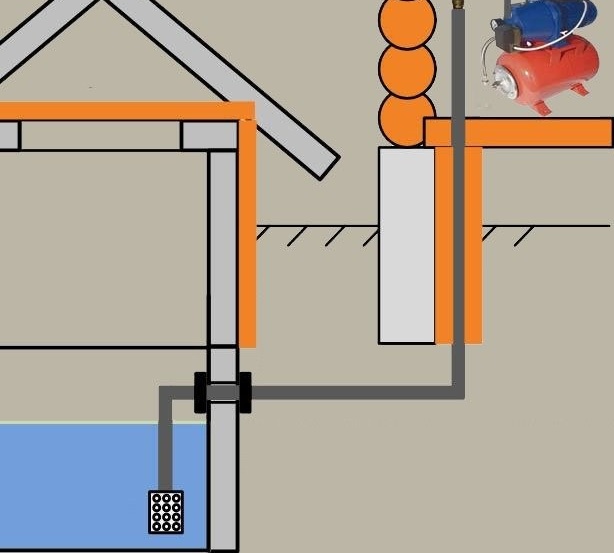

2 comments